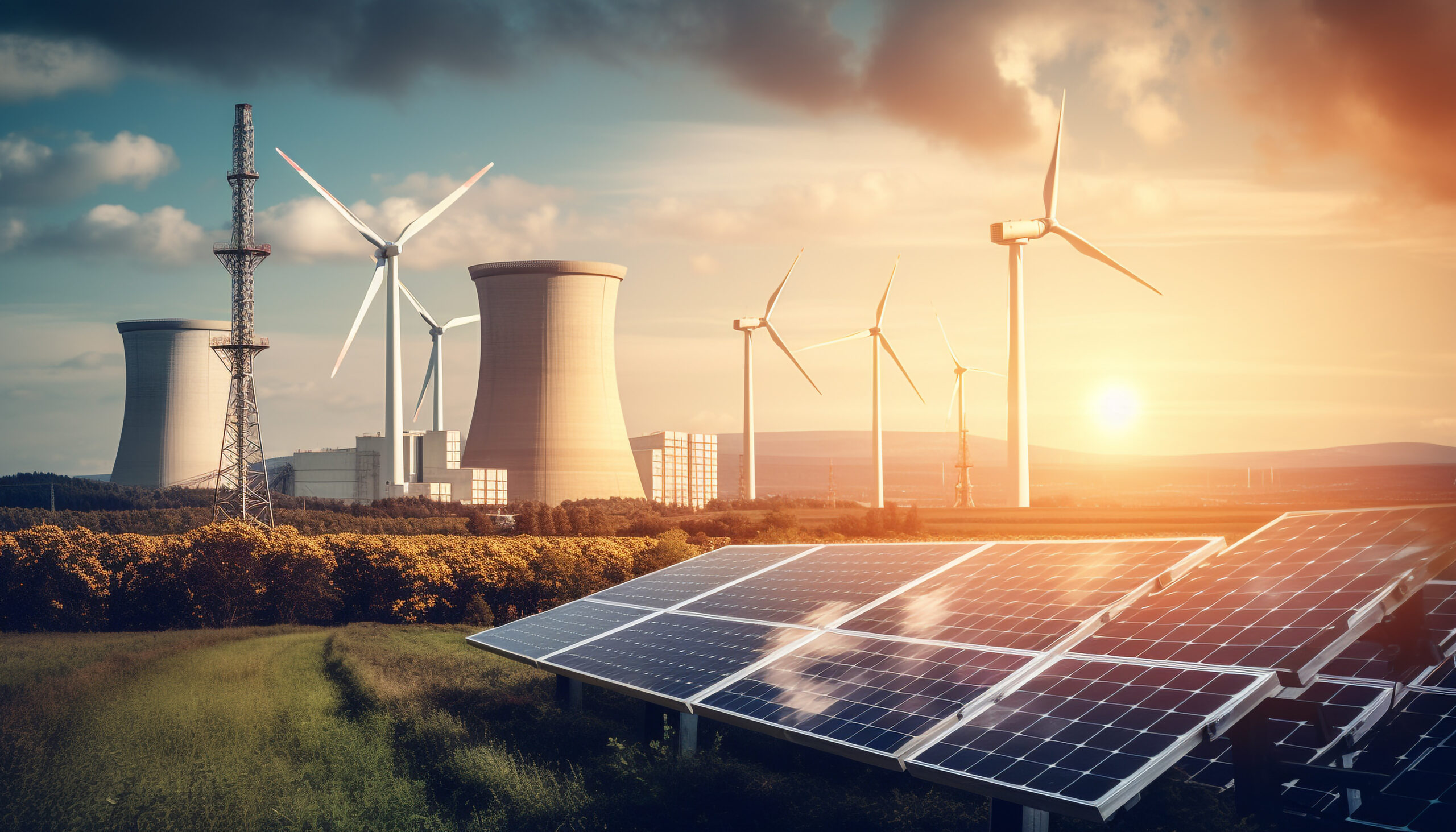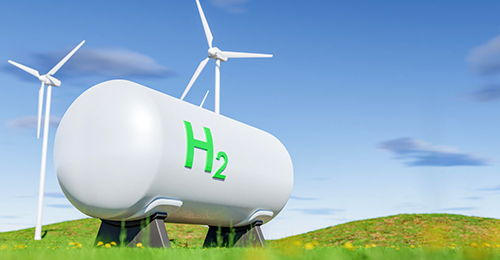The sustainability sector is growing rapidly, driven by increasing environmental concerns, regulatory changes, and consumer demand for more responsible products and services. It’s now seen as both an ethical and financially smart investment. Many industries are aligning their operations with sustainability goals, and innovative technologies are constantly emerging to address global challenges. Key Areas-

Waste recycling is the process of converting waste materials into new products to prevent the waste of potentially useful materials, reduce the consumption of raw materials, and minimize energy usage. The goal is to reduce pollution, conserve resources, and create a sustainable system for managing waste. Recycling helps conserve natural resources, reduce greenhouse gas emissions, save energy, and reduce the amount of waste that ends up in landfills or incinerators. Many communities and organizations focus on educating people about the importance of recycling and offering convenient programs for waste collection.

Renewable Energy refers to energy that comes from natural resources that are constantly replenished, such as sunlight, wind, rain, tides, geothermal heat, and more. These sources are considered sustainable and environmentally friendly because they have a minimal impact on the environment compared to traditional fossil fuels. Types of renewable Energy:-
Food security refers to the condition in which all people, at all times, have access to sufficient, safe, and nutritious food to maintain a healthy and active life. It encompasses a variety of factors that ensure food is available, accessible, stable, and that people are able to use it in ways that support good health and well-being.


The green hydrogen sector presents an exciting investment opportunity, as it is at the forefront of the transition to clean energy. With growing global emphasis on decarbonization, sustainability, and renewable energy, green hydrogen is gaining attention as a critical component of future energy systems. The sector encompasses a wide range of investment opportunities, from production technologies to infrastructure, transportation, and end-user applications.
Water infrastructure refers to the physical systems and facilities that are necessary for the collection, treatment, storage, and distribution of water to meet the needs of communities, industries, and agriculture. It also includes systems for managing wastewater.
Importance:
Carbon capture refers to the process of capturing carbon dioxide (CO₂) emissions from sources like power plants and industrial processes, preventing them from entering the atmosphere and contributing to climate change. The goal of carbon capture is to reduce the amount of CO₂ in the air, which is a major greenhouse gas responsible for global warming. Carbon capture plays a crucial role in addressing climate change, particularly in sectors that are hard to decarbonize, like heavy industry and cement manufacturing.
`There are a few different types of carbon capture technologies:

Battery technology is a rapidly advancing field that plays a crucial role in powering everything from portable electronics to electric vehicles (EVs) and renewable energy systems. Here’s a quick overview of some of the key types and trends in battery technology:
Dynavision is a proprietary family office that takes a long-term, fundamentals-driven approach to investing in both public and private space. As stewards of patient, unleveraged proprietary capital, we maintain the flexibility to invest beyond market trends, focusing instead on businesses with enduring value and sustainable competitive advantages.
© 2025 DYNAVISION VENTURES LLP